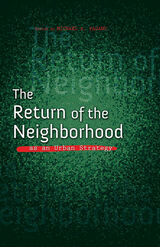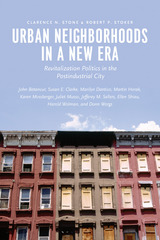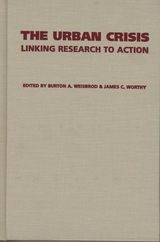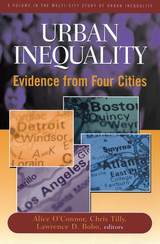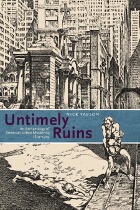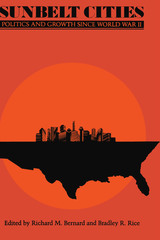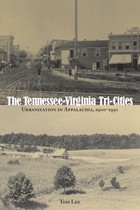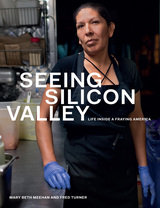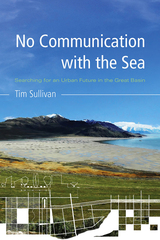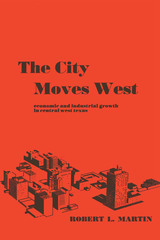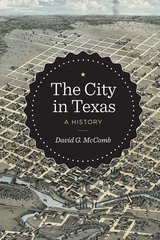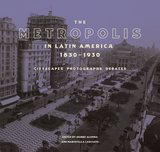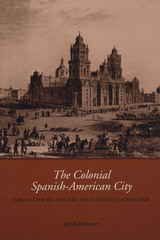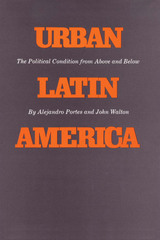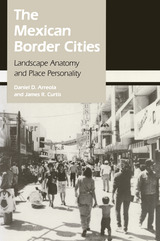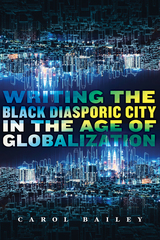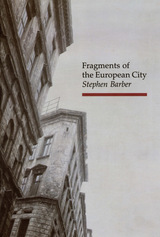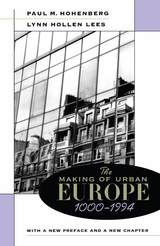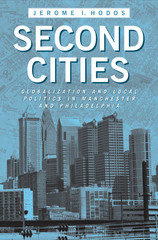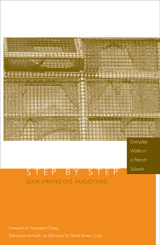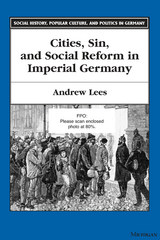Creative Spaces: Urban Culture and Marginality in Latin America
University of London Press, 2019
Paper: 978-1-908857-48-4
Library of Congress Classification HT127.5.C74 2019
See other books on: Caribbean & Latin American | Cities and towns | Marginality | Sociology, Urban | Urban Culture
See other titles from University of London Press
Paper: 978-1-908857-48-4
Library of Congress Classification HT127.5.C74 2019
ABOUT THIS BOOK | TOC
ABOUT THIS BOOK
Creative Spaces: Urban Culture and Marginality is an interdisciplinary exploration of the different ways in which marginal urban spaces have become privileged locations for creativity in Latin America. The essays within the collection reassess dominant theoretical notions of ‘marginality’ in the region and argue that, in contemporary society, it invariably allows for (if not leads to) the production of the new. While Latin American cities have, since their foundation, always included marginal spaces (due, for example, to the segregation of indigenous groups), the massive expansion of informal housing constructed on occupied land in the second half of the twentieth century have brought them into the collective imaginary like never before. Originally viewed as spaces of deprivation, violence, and dangerous alterity, the urban margins were later romanticized as spaces of opportunity and popular empowerment. Instead, this volume analyses the production of new art forms, political organizations and subjectivities emerging from the urban margins in Latin America, neither condemning nor idealizing the effects they produce. To account for the complex nature of contemporary urban marginality, the volume draws on research from a wide spectrum of disciplines, ranging from cultural and urban studies to architecture and sociology. Thus the collection analyzes how these different conceptions of marginal spaces work together and contribute to the imagined and material reality of the wider city.
See other books on: Caribbean & Latin American | Cities and towns | Marginality | Sociology, Urban | Urban Culture
See other titles from University of London Press


